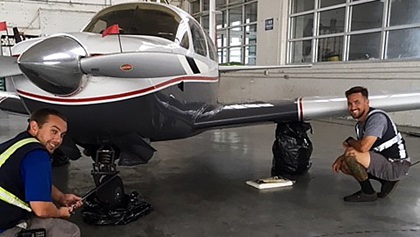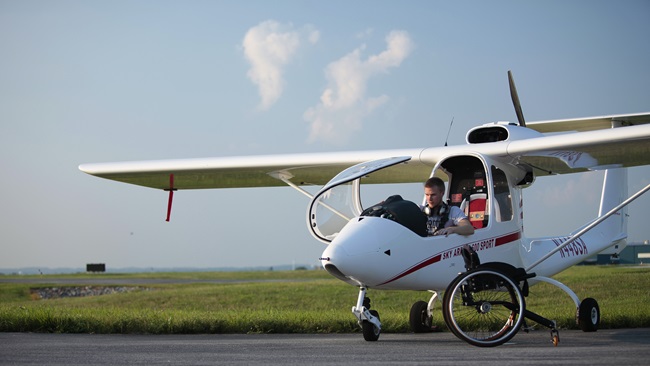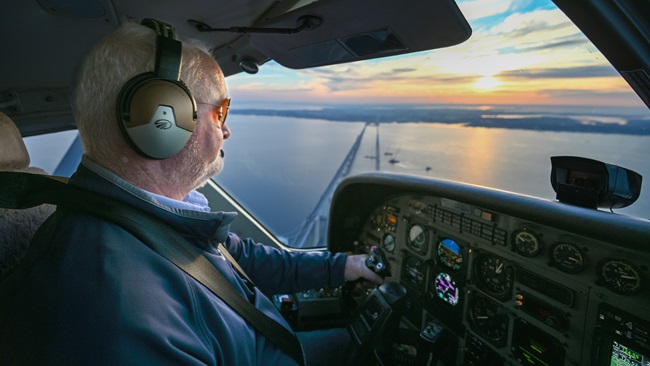NOAA, relief pilots eyeing Gulf Coast for storm Barry
The National Oceanic and Atmospheric Administration launched the first hurricane flight of the season into the Gulf of Mexico to monitor a tropical cyclone threatening New Orleans, while coastal residents from Louisiana to Florida braced for torrential rain.
The specially equipped aircraft and its sister ship (nicknamed Miss Piggy) carry Doppler radar systems that scan horizontally from the belly of the aircraft and vertically from the tail. The information helps weather forecasters analyze the severity of the storms and the threat they might pose to land-based people and structures. The initial flight plans included reconnaissance from the surface to 25,000 feet in altitude. Additional research flights were planned to 15,000 feet in the succeeding days.

Meanwhile, the National Weather Service issued a tropical storm warning and a hurricane watch for “much of the Louisiana Coast” and advised residents to “ensure they have their hurricane plan in place” if Tropical Storm Barry becomes a hurricane as predicted.
Operation Airdrop, a volunteer outfit of pilots and ground-based support personnel, sent an email to members on the Texas-based organization’s roster seeking volunteers to stand by to help shuttle emergency supplies in the face of what they predicted could be anywhere from “15 to 20” inches of rain.
“Our core group will start evaluating options for possible relief flights today and tomorrow,” the group wrote. “As of 7 a.m. CDT, future Barry hasn't made up his mind yet, with no center of rotation, making accurate predictions difficult." However, the group added that forecast models predicted the storm would come onshore “this weekend.”

New Orleans residents have already documented neighbors paddling in kayaks through flooded streets well in advance of landfall. Some forecast models predicted the lower Mississippi Valley could be pounded with hurricane-strength winds and rain water, with the heaviest concentrations in Louisiana, Mississippi, Arkansas, Alabama, and parts of northwest Florida.
Barry’s slow movement could lead to “a long duration heavy rainfall threat along the central Gulf Coast and inland through the Mississippi Valley through the weekend and into early next week,” the weather service noted.
Hurricane Katrina—one of the most powerful Atlantic storms on record—struck New Orleans as a Category 4 storm in August 2005. It caused more than $125 billion in damage and claimed more than 1,800 lives. Some areas of the city never fully recovered.




